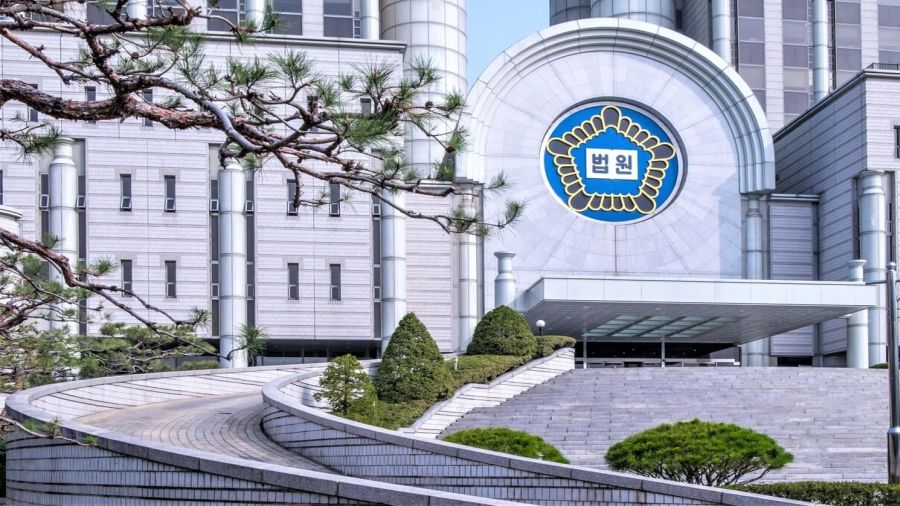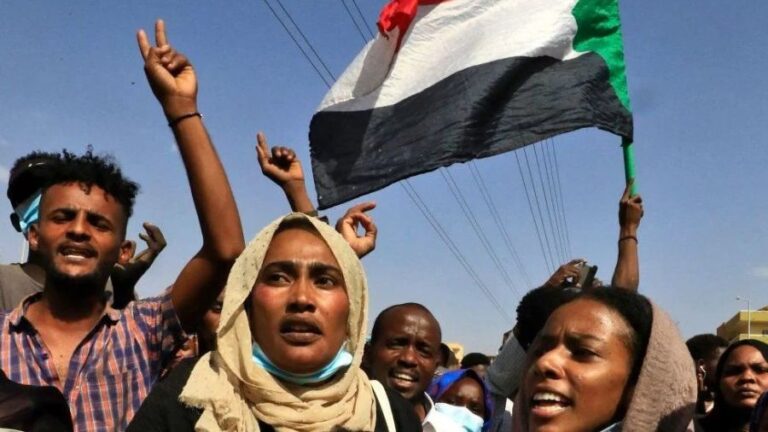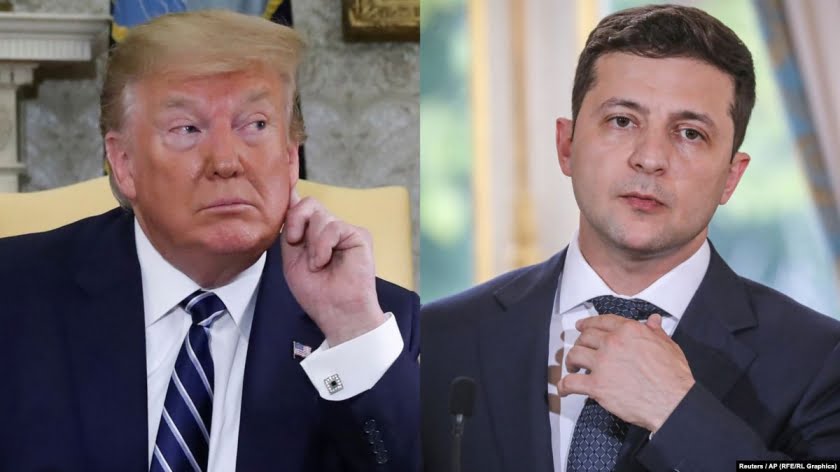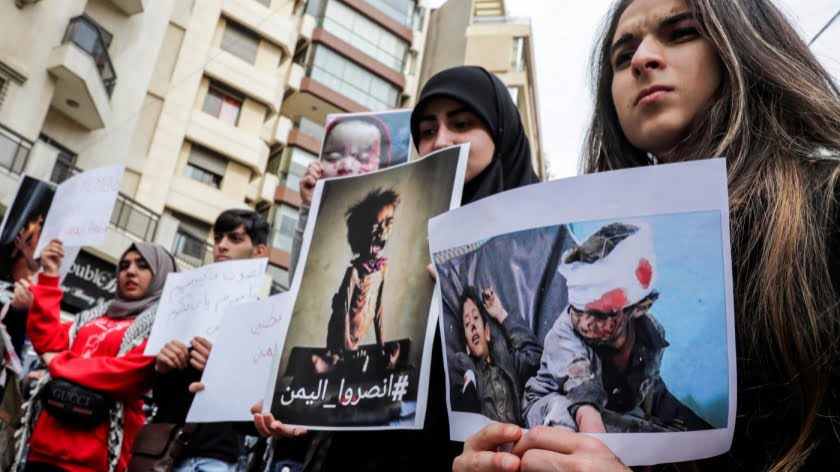Three Steps Closer to the Red Line
In late April and early May 2023, the Yoon Suk-yeol administration took several steps towards aggravating inter-Korean relations. However, although the Washington Declaration was the most notable of them, the author draws attention to three less noticeable events that can make a much more serious contribution to the aggravation of the situation on the Korean Peninsula.
The first step – This is the decision of the court, which restored the accreditation of the so-called “Fighters for a Free North Korea (FFNK)”. It is this NGO that launches millions of leaflets across the border, and also long before the events in Ukraine tried to blow up statues of North Korean leaders with the help of drones in order to pass off these terrorist attacks as the actions of “Christian resistance” inside the DPRK, whose existence could become a pretext for “humanitarian intervention” along the Yugoslav model.
It is worth recalling that at one time the “fighters” seriously discussed sending objects infected with coronavirus to the North in order to cause an epidemic, and then an uprising and regime change as a result of protests. At the same time, the outbreak of “fever” in the North began at the very end of April – the beginning of May 2022 and on April 25-26, FFNK sent 20 balloons and 1 million propaganda leaflets to North Korea. It was believed that in a balloon, suspicious objects would not have been able to penetrate into the area from where, according to the DPRK, the epidemic began (far away). However, in January 2023, Park Sang-hak stated that since 2020 they had been using not only balloons to deliver leaflets, but also drones, one of which flew to Pyongyang. This gives the version of the South Korean origin of the virus additional credibility.
In 2020, Park and Co. were actually subjected to special law prohibiting such actions, and FFNK, roughly speaking, was deprived of accreditation, which, in particular, stripped them of the opportunity to officially attract sponsorship. “Fighters for a Free North Korea” filed an administrative lawsuit to overturn the decision of the Ministry of Unification, but in September 2022, the Court of Appeal upheld the decision of the lower-instance court,
And on May 3, 2023, the Supreme Court overturned the decision of the lower courts, additionally stating that “sending leaflets to North Korea plays a positive role in showing North Koreans the reality of their nation’s regime, calling attention to their human rights situation.”
It is clear that after Yoon Suk-yeol came to power, anti-Pyongyang NGOs realized that their hands were untied, and, feeling their impunity, could take steps that could provoke the North Korean leadership to respond in a way that the international community would consider inadequate. Recall that even under Moon Jae-in, the North Koreans promised not only to shoot down leaflets, but also to respond with fire at the launch sites. It was for this reason that the locals were strongly opposed to Park, since they did not want the political games of these groups to become a danger to their lives.
Second step – this is the decision of the Seoul Central District Court, the defendant in which is the leader of North Korea. On May 8, 2023, three former South Korean prisoners of war (more precisely, two living former prisoners and relatives of one deceased), including 91-year-old Kim Song-tae, again won a lawsuit for damages for forced labor during stay there in captivity. The Seoul Central District Court ordered North Korea and Kim Jong-un personally to pay 50 million won ($37,900) to each of them. The trio, they said, had been taken prisoner during the 1950-53 Korean War, after which they were forced to work in a coal mine and on construction sites for about 33 months, without being allowed to return. It is unclear in what capacity they stayed in the DPRK after that, but in 2000-2001 they managed to escape, and in September 2020 they began a lawsuit demanding compensation from Pyongyang.
This is not the first such verdict: in July 2000, the same court issued a similar decision, but then there were two plaintiffs, and compensation was equal to 21 million won. Now the plaintiffs intend to seek payments from the Fund for Inter-Korean Economic and Cultural Cooperation.
Why is the author more afraid of such actions than of exercises? North Korea is an ideocratic state in which “insulting the highest dignity” is an act so unforgivable that it cannot fail to provoke retaliatory actions, even if they cause more than just reputational damage to the country. Therefore, mockery of the leader of the country or sentencing him in the course of a lawsuit, which seem to a person out of context “mere trifles”, are perceived as an encroachment on the basics of the state. By playing these strings, you can easily provoke the North.
Third step – This is a return to big politics and to a high post of an extremely odious person.
On May 11, 2023, during the inaugural meeting of the Presidential Committee on Defense Innovation Yoon Sook-yeol said that he was considering the possibility of creating a Strategic Command “to strengthen the jointness of the three branches of the armed forces and combine and effectively operate the fighting capabilities spread across the services.” A lot of routine words were said that “we must reinforce our military’s active deterrence response capabilities” and “possess the overwhelming military power to deter North Korea’s provocation mentality in advance,” but for the author, it is more important who will innovate, and in the future – be responsible for defense strategies.
The committee consists of 11 members, chaired by the President, and eight civilians, including former Defense Minister Kim Kwang-jin, whom Yoon Suk-yeol addressed as “vice-chairman“. That is, Kim will be the de facto head of the committee tasked with reforming the South Korean armed forces.
According to Korea Times, the former defense minister was known as “the most feared soldier in North Korea” because of his stance of “zero tolerance for the regime’s provocations during his tenure.” His approach included statements of readiness to launch an airstrike on the DPRK in the event of new provocations, and orders in the style of “shoot first, report later.” In response, the DPRK used his photo as targets for artillery exercises. Moreover, Kim was one of the most visible and bright hawks that Park Geun-hye, who replaced Lee Myung-bak, was forced to “push up” to the Security Council in order to tear him away from the real command of the troops.
However, in March 2018, he was charged with political interference and abuse of power, but in October 2022, the Supreme Court returned the case back to the Seoul High Court.
Still, speaking to reporters, the presidential administration official said Kim, who also served as chairman of the Joint Chiefs of Staff and national security adviser, is one of the most qualified, ideal people to fulfill this crucial role.
Kim’s return to the armed forces theoretically means that he can bring in those officers, one of whom once claimed to the author that “if politicians do not interfere with us, then we can destroy North Korea in 96 hours.” This means that the likelihood of provocations also increases. And when they happen, it doesn’t matter whether these actions were carried out at the instruction of the president or were the initiative of Kim or his even more zealous subordinates. These are very serious steps towards a dangerous line.
All this increases the likelihood that the inter-Korean conflict will happen not on direct orders from above, but due to the fact that modern analysts underestimate the military potential of the DPRK and may be in captivity of the assumptions widespread under Lee Myung-bak that North Korea is on the verge of collapse and only a strong push is needed. I would like to hope that such plans will not come true.
Unfortunately, the author states that one of his pessimistic forecasts has materialized. Partly because of the need to strengthen party unity, partly because he was not professionally engaged in foreign policy, Yoon “hands over” the inter-Korean direction and foreign policy to those who were in charge of them not even under Park Geun-hye, but under Lee Myung-bak. Some respondents of the author argue that after Yoon’s national security adviser Kim Sung-han had left his post (very likely due to American leaks), his first deputy, Kim Tae-hyo, who was not only one of the biggest and most famous hawks since the days of Lee Myung-bak, but also took part in the development of the “denuclearization-openness-3000” program, gained great influence. A remake of the “denuclearization-openness-3000” was the “bold initiative” of Yoon Suk-yeol: let North Korea first completely disarm, and then receive a lot of economic assistance. This approach was outdated back in the days of Lee Myung-bak, which indicates either Yoon’s low competence in foreign policy, or a simple two-way move, which Lee Myung-bak used at one time and it may be used by Yoon Suk-yeol: a proposal is put forward that is acceptable in the eyes of the West, but absolutely impassable in practice. The North, of course, refuses it, after which the South, with the words “now we have no other choice,” safely moves on to “Plan B”, stating that Pyongyang, which rejected such a wonderful idea, bears full responsibility for further developments.







